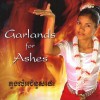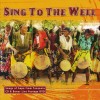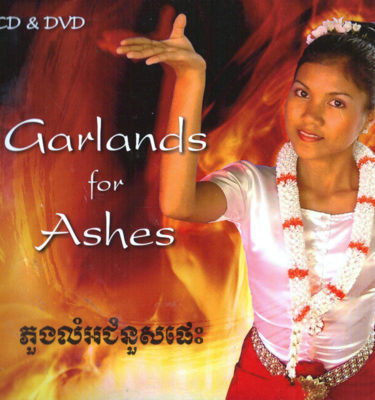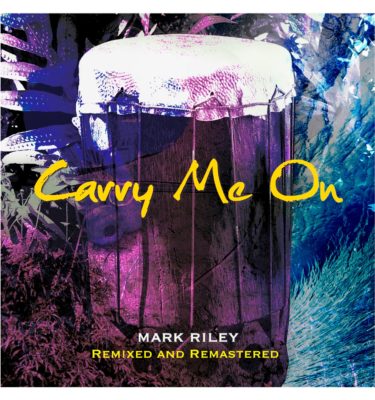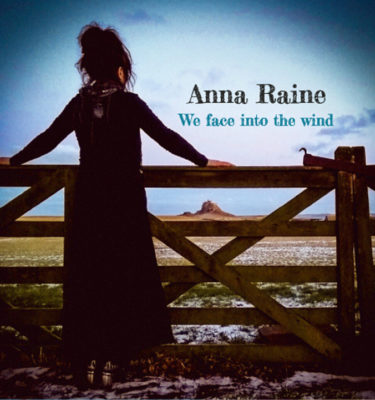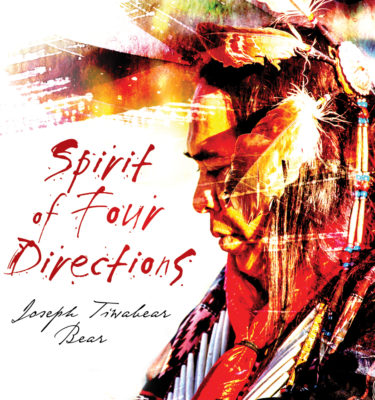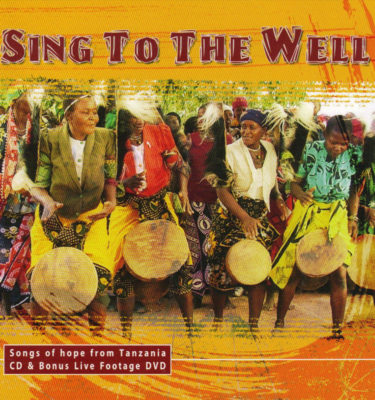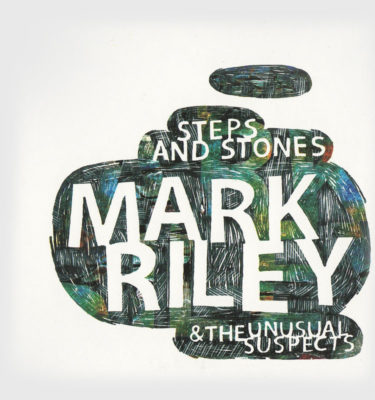Many of you may have heard me tell the story of ‘the song of the child’. A singing tradition amongst the Himba people. Here is another beautiful musical practise from India. Every time a baby is born in Khongthong village, (a place nicknamed the whistling village) a tune or sort of melodic whistling is composed by the mother and given to the child – a unique sound that will be carried for the rest of their life.
This is the beautiful Sameba Trinity Church choir in Tbilisi, Georgia. Basiani. They are having their Christmas meal and in a spontaneous moment sing a Christmas Carol – Alilo of The dawn ( Tsiskris Alilo) by Vakhtang Kakhidze. Worth a listen.
Fascinating documentary about the peoples of Oaxaca, central Mexico and how there whistling language is being documented so it won’t be lost.
This video comes from Aotearoa, New Zealand – the land of the long white cloud. It is an incredible cultural tribute, honouring a teacher who died. Made us both cry! It is their school Haka and this is the translation: Read More
A wonderful tradition of singing that many people associate with Switzerland although there are many forms that have been traced back to Georgia, Persia, Central Asia and Central Africa. In Appenzell, they come in two forms: the Zäuerli and Ruggusseli yodels. The Ruggusseli is thought to be a sadder yodel due to being sung in minor keys.
Anna-Maria Hefele demonstrates overtone singing, a voice technique where it seems like one person sings two notes at the same time.
We have been out in Spain and read about this regional style of flamenco from rural Malaga in the local paper. With a more elaborate rhythm section of hand claps, castanets, finger cymbals and tambourine, it gives a subtle Arabic feel to the music. I have heard this started as a very old style of folk song, that has over the years been adopted into the flamenco tradition. Verdailes is the name for the olive grown in this area of Andalucia – more info.
Another interesting podcast (thanks Kathryn O’Neil) from the World Service about flamenco music being revived as a form of protest during the economic crisis in Spain.
At an open mic night we heard some wonderful Czech folk songs – the 3 singers are –
- Romana Kročilová
- Elenora Fikesová
- Monika Součková
For translation Read More
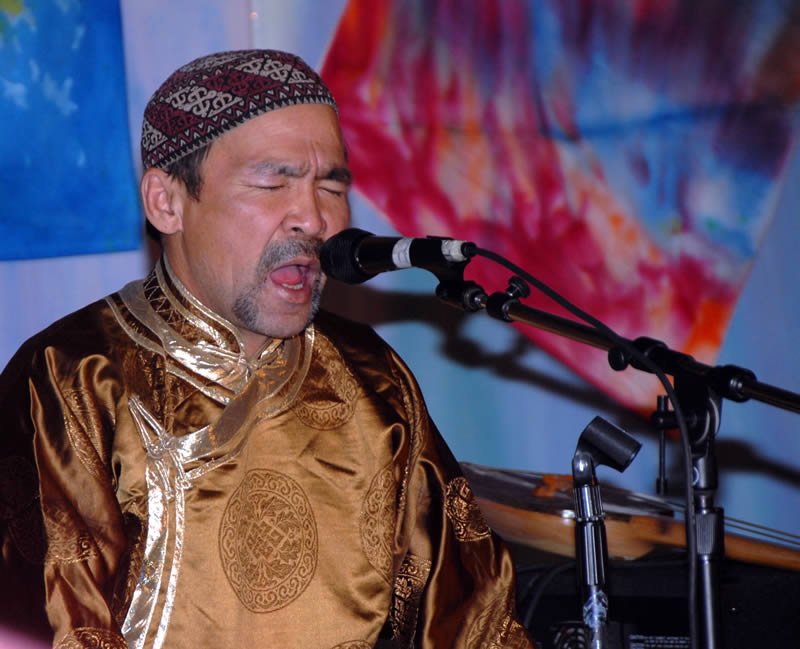 This incredible overtone singing started in the small republic of Tuva, a Siberian republic on the border of Mongolia and is known as throat singing (xöömei in Tuvan). Tuvan throat singers can produce two, three and sometimes even four pitches simultaneously. This ancient style of singing is accompanied by horse hooves, bull testicles (yes, you heard me correctly – a percussion instrument!) and horse hair fiddle. Read More
This incredible overtone singing started in the small republic of Tuva, a Siberian republic on the border of Mongolia and is known as throat singing (xöömei in Tuvan). Tuvan throat singers can produce two, three and sometimes even four pitches simultaneously. This ancient style of singing is accompanied by horse hooves, bull testicles (yes, you heard me correctly – a percussion instrument!) and horse hair fiddle. Read More
We had a great morning recording on the island of Hawai’i – we met Lokelani Dahl and she shared with us a few Hawaiian Oli (chants). The Hawaiian language was not written down until the 1820’s and so before this time there way of preserving history was through the use of songs, chants, and poems. Read More
Silbo gomero is a whistling language of La Gomera, one of the smallest islands of the Canaries. Here’s a link to a short English documentary about this amazing tradition.
There are so many incredible sounding instruments that we have encountered on our travels, yet there is nothing quite like the human voice for it's range, diversity and uniqueness. From Tuvan throat singing practised amongst nomadic Mongolian farmers to the South Indian art of vocal percussion called Konnakol, every culture, people group and religion uses their vocal chords to produce singing. In some communities, it is so much a part of life that everyone participates, ie. Central African pygmies where everyone is an incredible vocalist and is able to sing complex yodeling.
Here’s a wonderful vocal technique that originated in rural farming communities in Tennessee where eephers would imitate the sounds of their hogs and turkeys. This Appalachian equivalent of the “beat box” vocal style was apparently around in the 1880’s, 100 years before hip-hop became popular in modern music. In 1963, singer Joe Perkins had a minor hit with “Little Eeefin’ Annie,” featuring Jimmie Riddle, the acknowledged master of this genre.

